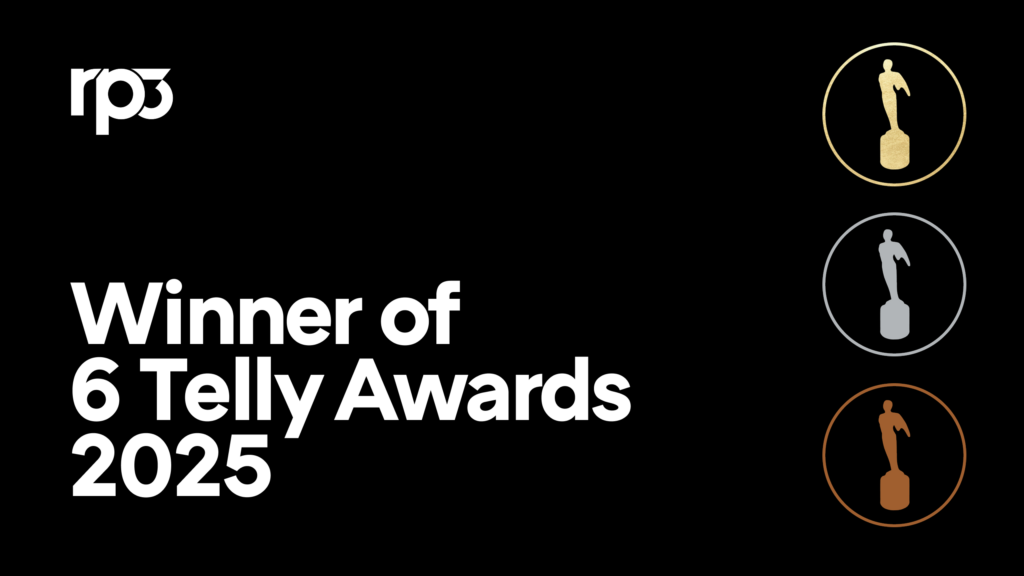
The Most Important Word in Healthcare — Trust: Fuel for Thought #6
Tips for Healthcare Marketers in the Time of COVID-19
It’s no great insight to say that America is incredibly polarized. The proliferation of media resources (both credible and not-so-credible) and social media platforms allows the public to choose which news sources they wish to follow. This silo-ing of information helps create ideological echo chambers allowing us to gravitate toward information we like and distrust what does not fit our beliefs.
This distrust in our media institutions and platforms has become dangerous in the time of COVID-19. People don't know where to go for accurate information. Some view even pillars of the healthcare scientific community, such as the US Centers for Disease Control and the US Food and Drug Administration, with suspicion.
This also presents a difficult challenge for healthcare communication professionals as they attempt to provide information to the public.
According to a poll conducted by The Associated Press-NORC Center for Public Affairs Research and USAFacts this month, over half of Americans pay close attention to information related to the virus these days. But 43% of Americans find it challenging to find information about the pandemic, and 37% say it has become harder to find factual information about it since the start of the outbreak.
Americans are looking to their healthcare providers and federal health officials for trustworthy information, but less than a quarter get information from these sources regularly. Just 18% of respondents felt the news media was trustworthy in their information about the pandemic, yet nearly half get COVID-19 information from these same sources each day. Partisanship plays a role. Republicans are more likely to trust information from the president, while Democrats are more likely to believe information from federal health officials.
This division comes at a time when Americans are exceedingly distrustful of traditional media in general. According to a Gallup poll conducted at the end of September, four in 10 US adults say they have "a great deal" (9%) or "a fair amount" (31%) of trust and confidence in the media to report the news "fully, accurately and fairly," while a troubling six in 10 have "not very much" trust (27%) or "none at all" (33%).
Social media fares no better. About two-thirds of Americans (64%) say social media has a mostly negative effect on the way things are going in the country today, according to a July survey by the Pew Research Center. One in 10 Americans say social media sites have a mostly positive effect on the way things are going. One-quarter say these platforms have neither a positive nor a negative impact.
This lack of trust has real consequences for our general health as we look to defeat this pandemic. For example, there is a lot of hesitance about the safety of a COVID-19 vaccine. Once approved, Americans' willingness to receive a COVID-19 vaccine has dropped 11 percentage points, falling to 50% in late September. This decline comes after the percentage fell from 66% in July to 61% in August.
How effective can a vaccine be if half the population refuses to receive it? And how can individuals feel secure they are making the right choices if they don't trust the news they are receiving?
Communications professionals in the healthcare space face a unique challenge in convincing their target audiences to trust the facts when there is so much conflicting messaging.
Here are three suggestions healthcare marketers should consider when trying to navigate this difficult media environment:
- Know what resources your audience trusts. Traditionally, media professionals love to capture the holy grail of placement in national tier-one publications, but how valuable is this when a significant majority of your audience doesn’t trust them? Is your audience even reading or watching them? If your audience is single mothers, Beanstalk may be a better avenue to get your message out than The Wall Street Journal.
- When it comes to trust, the "who" is often as important as the "what." Suppose the coal industry released a study saying coal was the preferred energy source for the next 50 years. Would anyone trust the study even if it was scientifically sound? You need to make sure those who are delivering the message are seen as trustworthy by your audience. Fortunately for the healthcare industry, the three most trusted professions in the US are nurses, doctors and pharmacists, according to Forbes Magazine. Enlisting healthcare professionals such as these can go a long way in bridging the credibility gap.
- Don’t forget the human element. One of the challenges of effectively messaging healthcare issues is that there is often so much data it is easy to get lost in the numbers. (227,000 COVID-19 deaths in the United States, 8.6 million COVID-19 cases, masks reduce COVID-19 risk by 65%, etc.) Pulling stories and firsthand accounts from those battling COVID-19 into your messaging daily is an effective way to cut through the numbers. This CNN story is an excellent example of how effective messaging is a combination of data and personal stories.
Let's make some good.
Drop us a line


